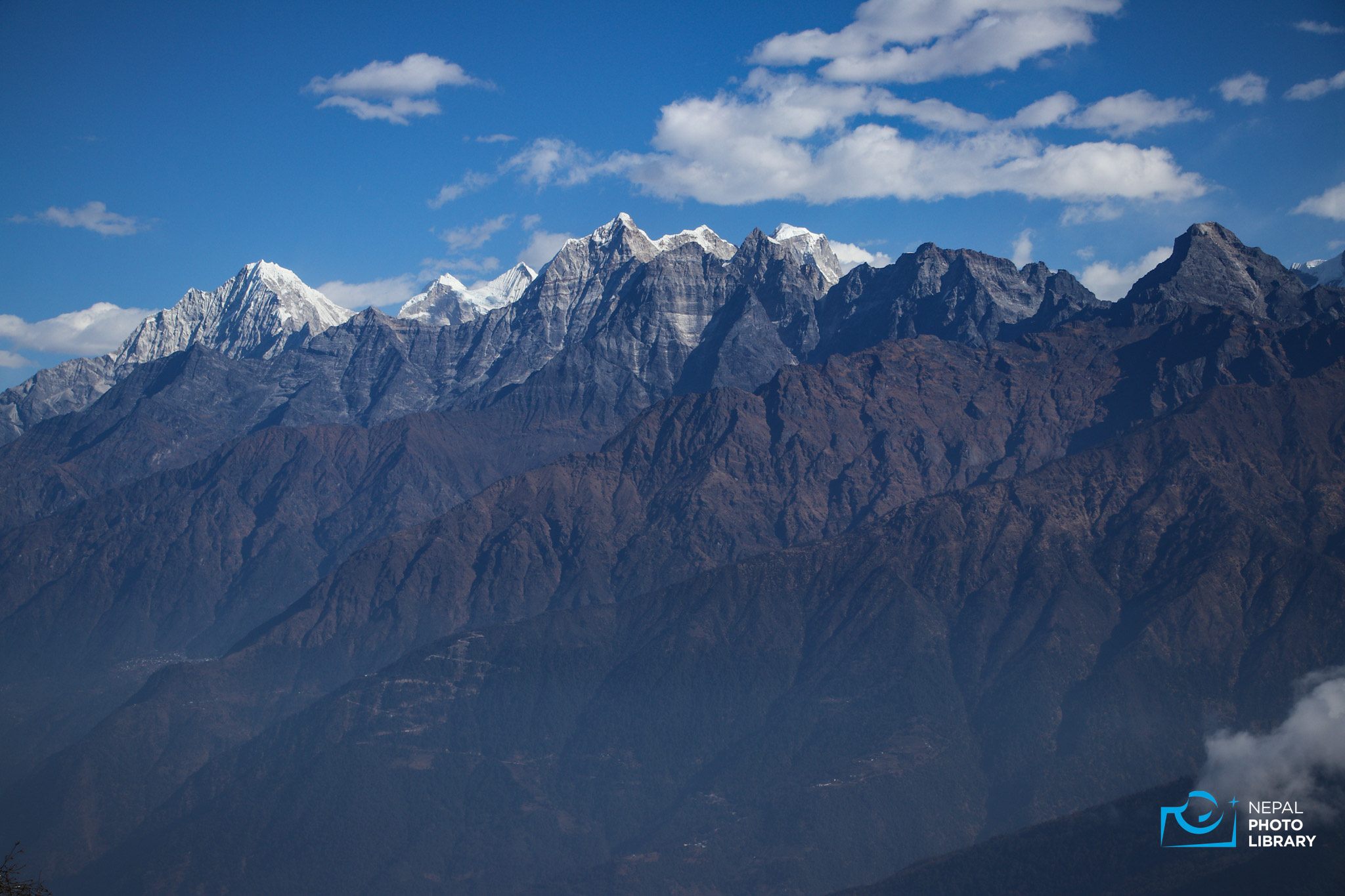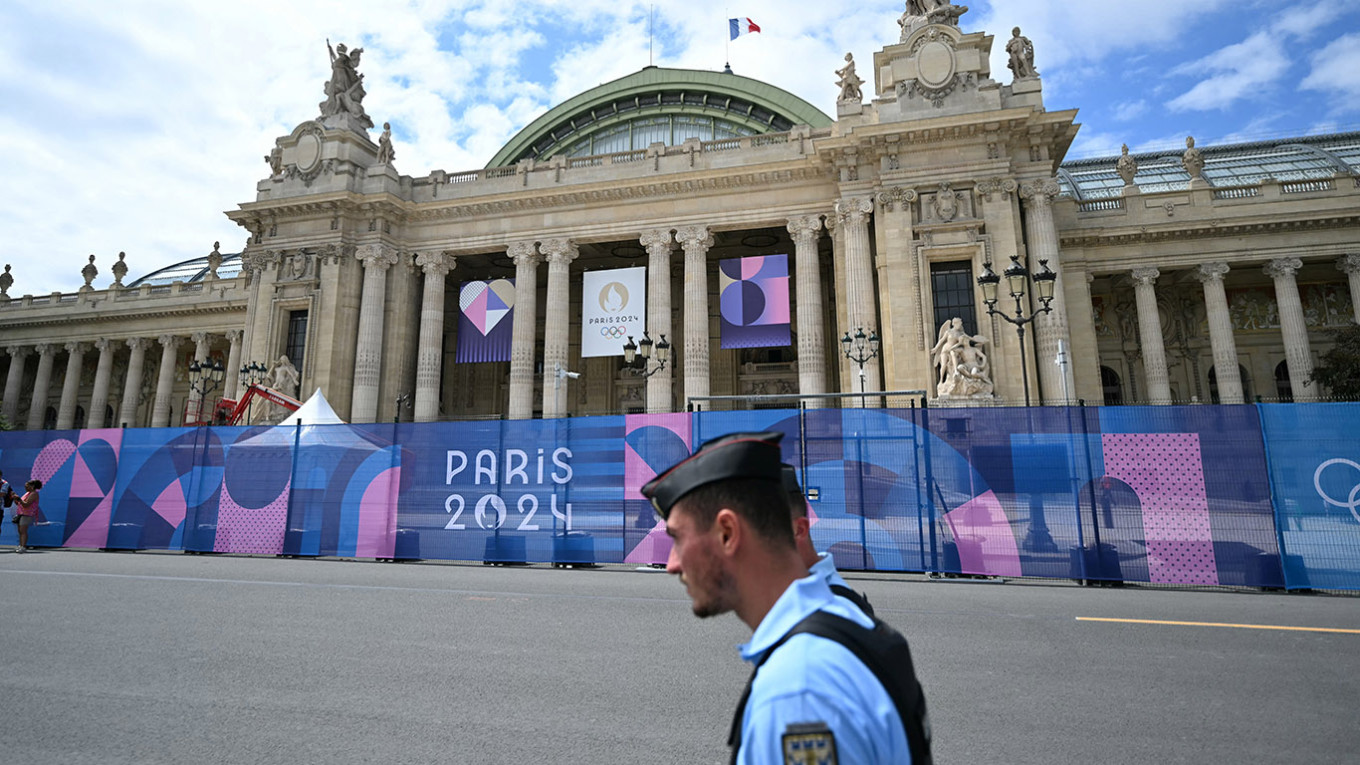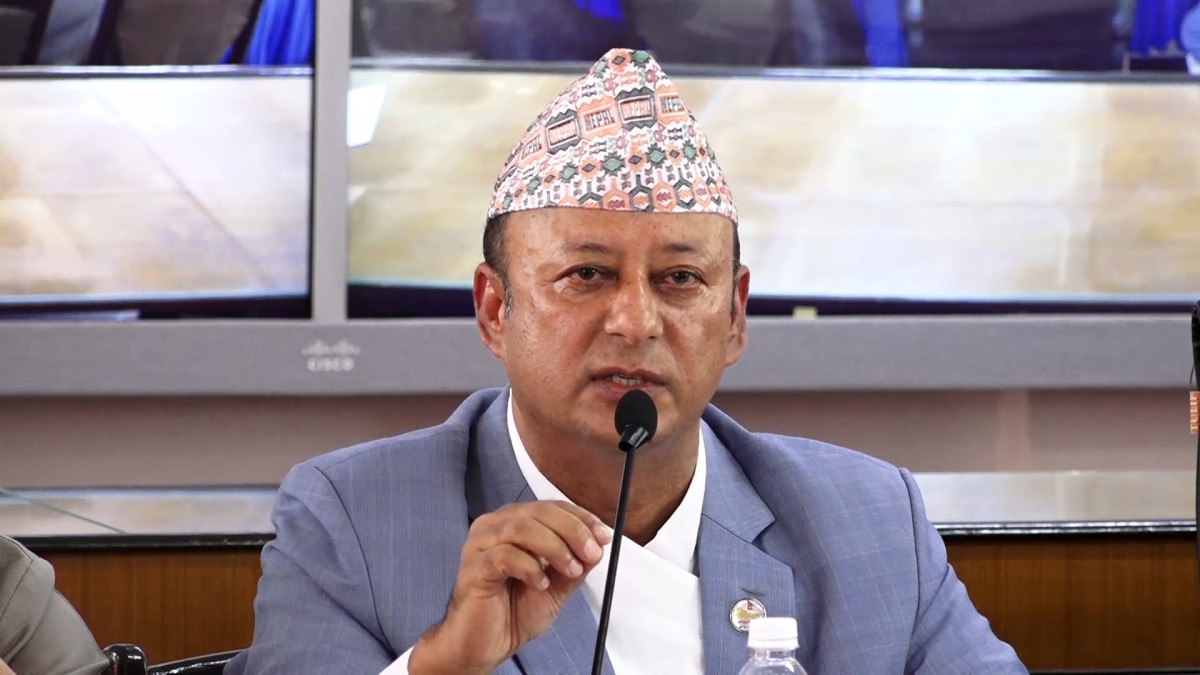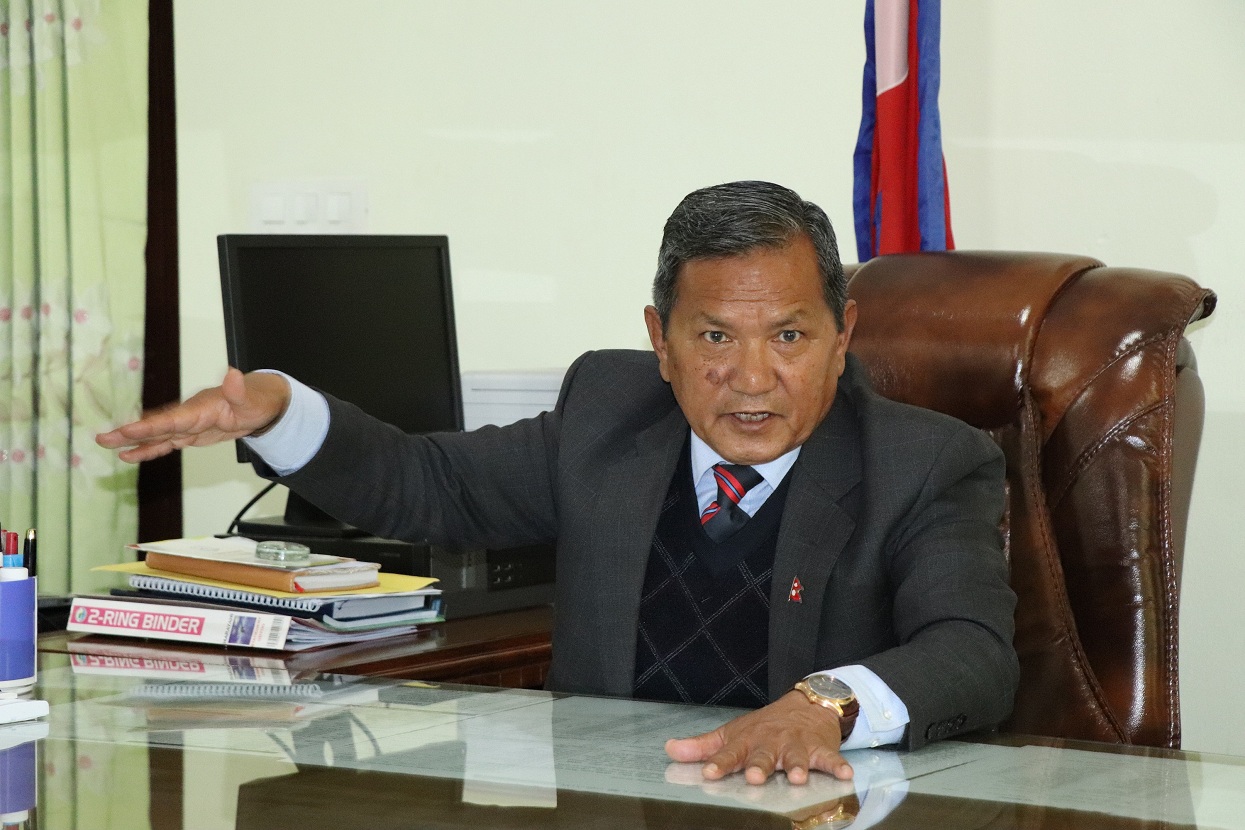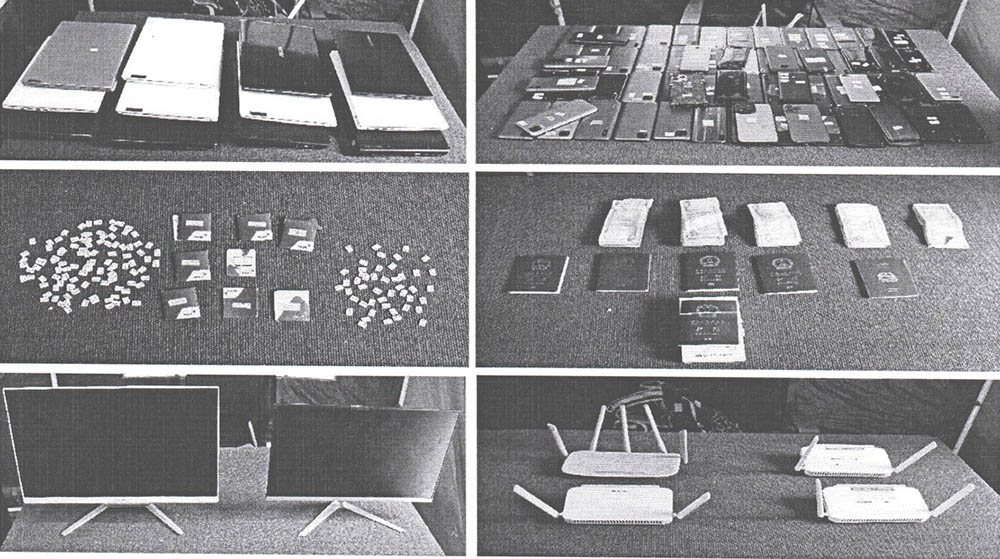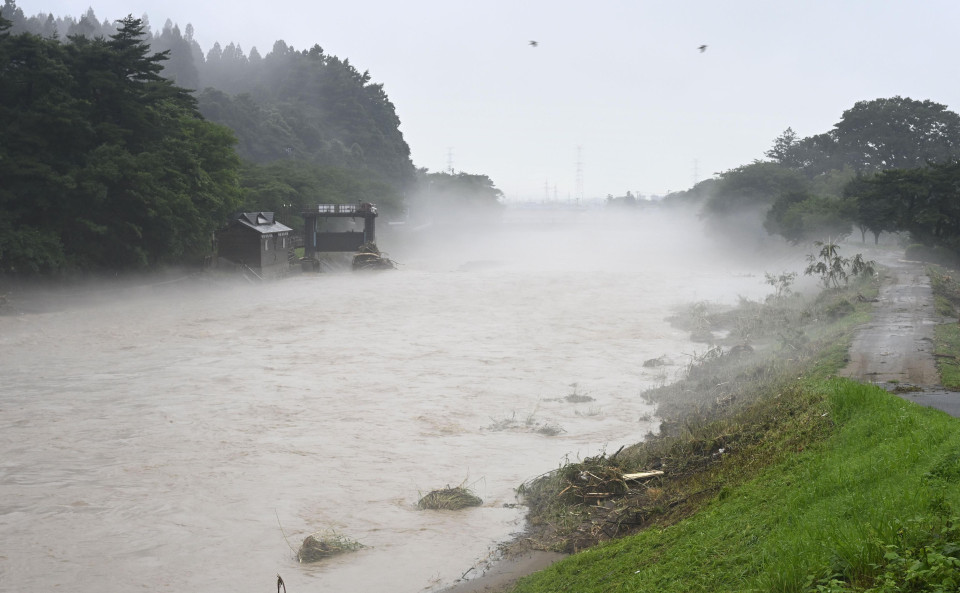New Trekking Destination – Everest Dudhkoshi Cultural Trail (photos)
Tourism experts note that the number of tourists typically rises during the mountain season, with a particularly encouraging increase in domestic tourists, especially in trekking.
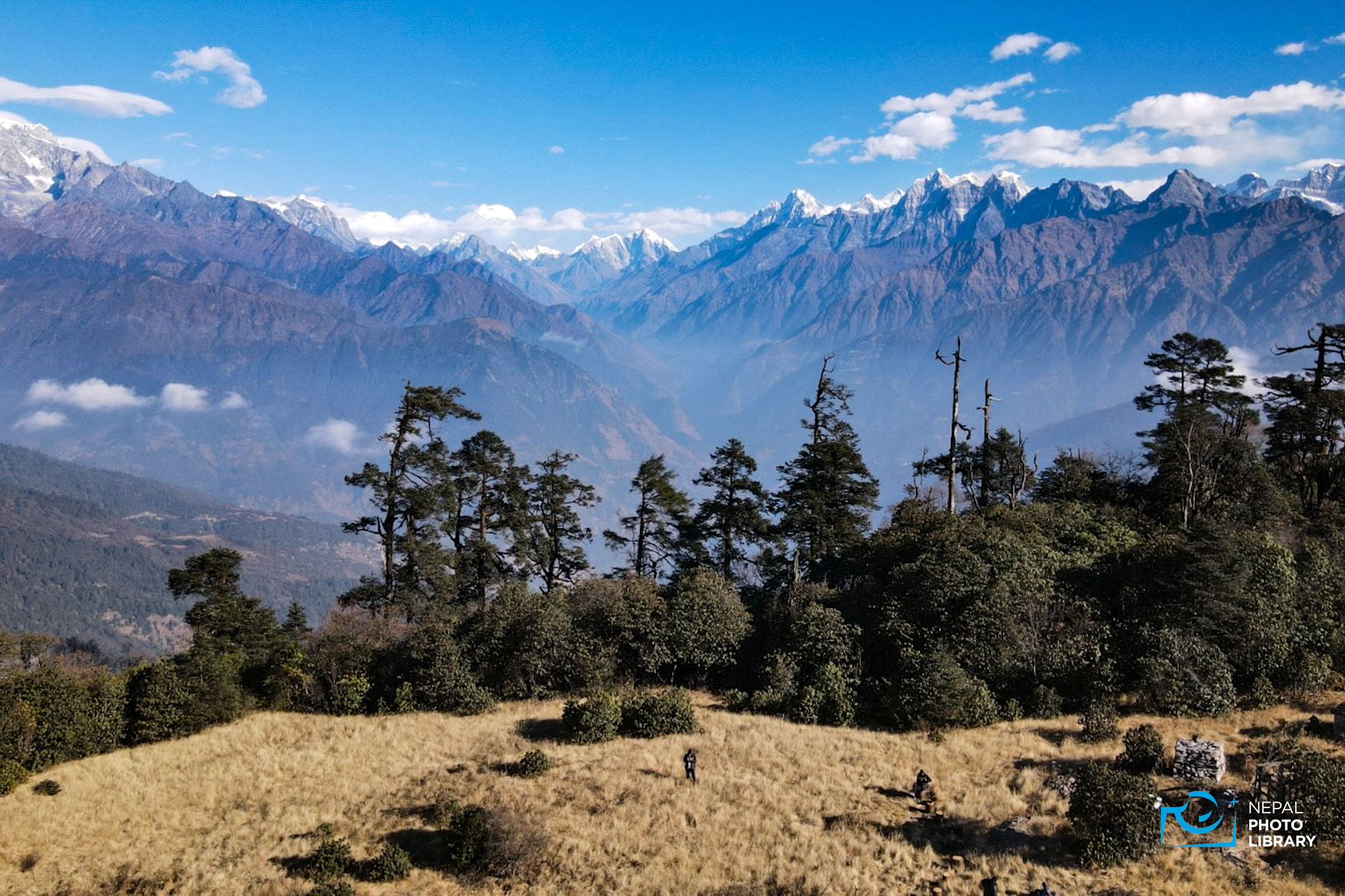
SOLU: In recent times, there has been a surge in activity within the Nepalese tourism sector, attributed to the influx of both foreign and domestic tourists.
According to the Nepal Tourism Board, a remarkable 685,000 foreign tourists have visited the country in the first nine months of 2023 (January to September).
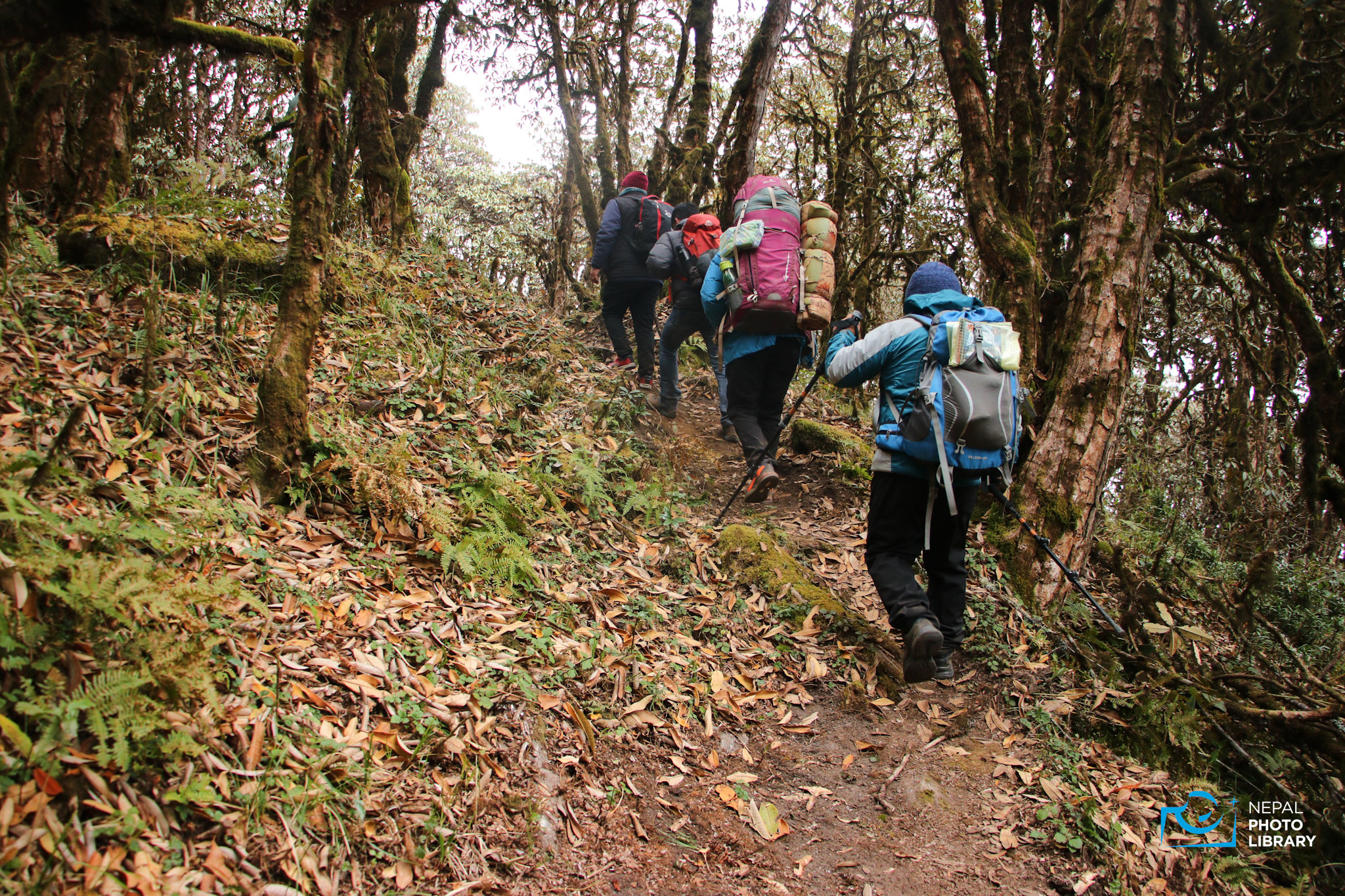
Tourism experts note that the number of tourists typically rises during the mountain season, with a particularly encouraging increase in domestic tourists, especially in trekking.
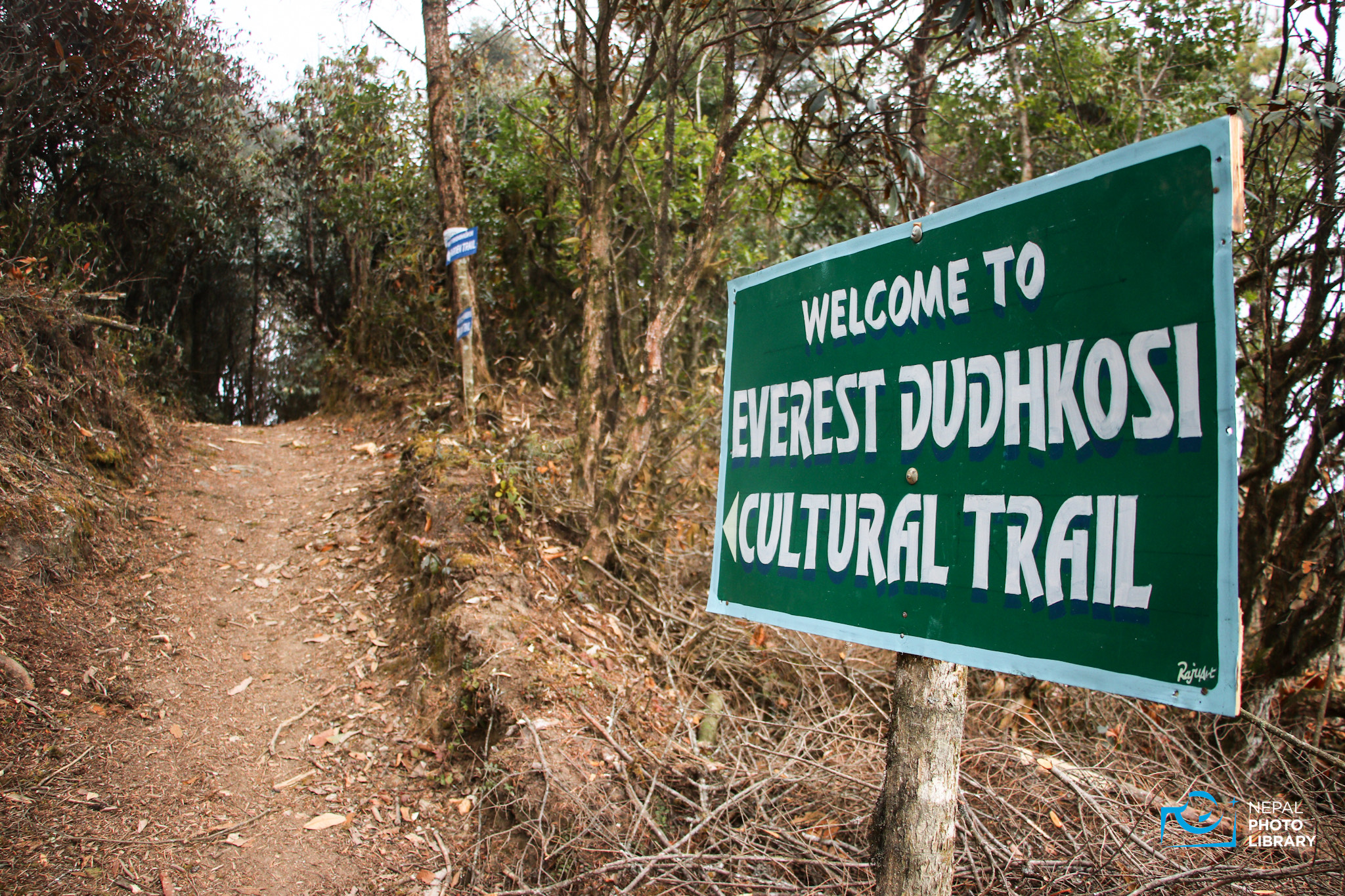
Along with mountain climbing, there are many hiking trails in Nepal to see the mountains up close.
For trekking enthusiasts, a new trail has been unveiled in the Mapya Dudhkoshi Rural Municipality of Solukhumbu District. The ‘Everest Dudhkoshi Cultural Trail,’ commencing from the lower Solukhumbu area, provides an opportunity to immerse oneself in the local Sherpa and Khaling Rai cultures while enjoying breathtaking views of 28 mountains, including the world’s highest peak, Mount Everest.
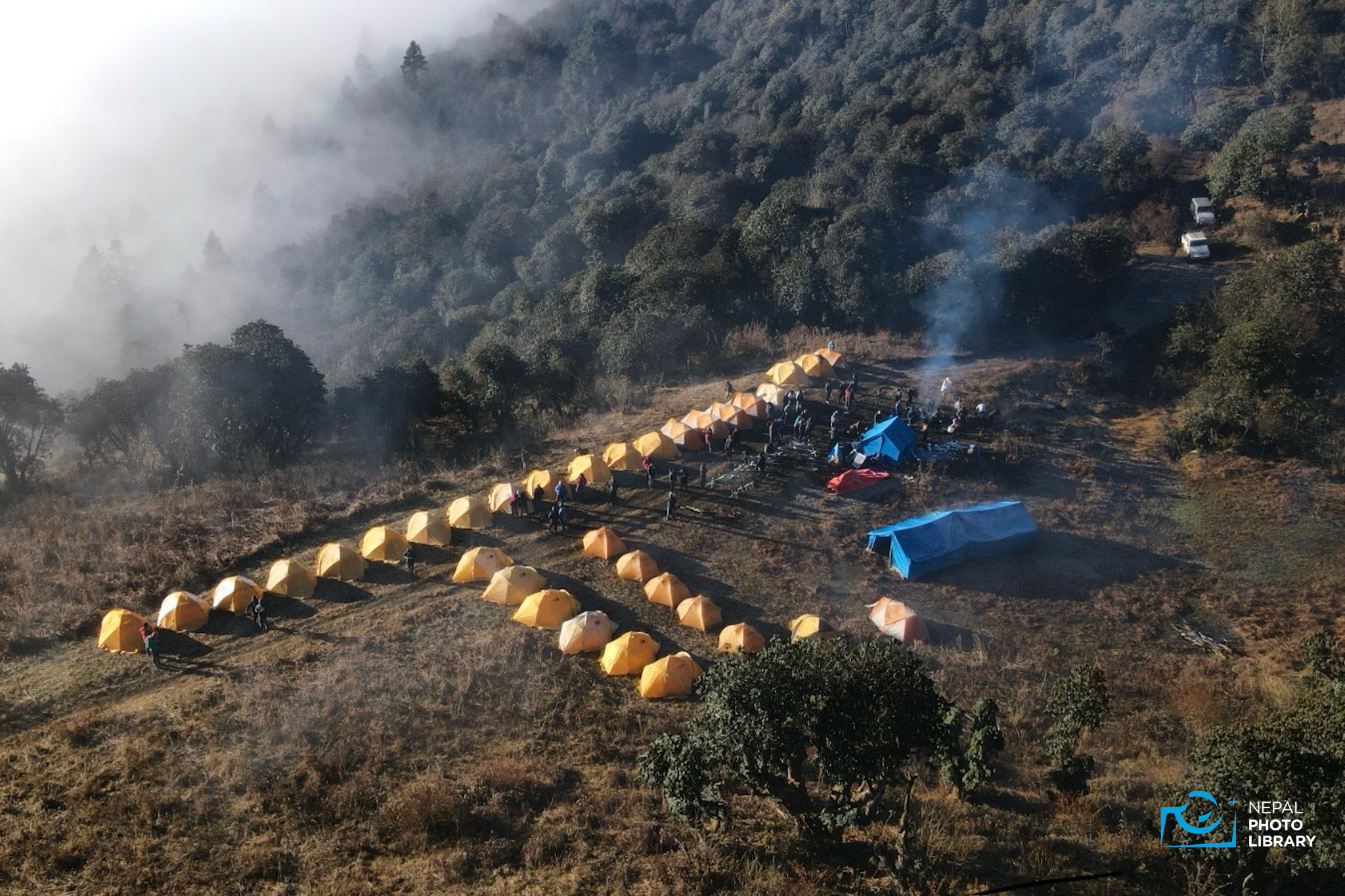
The trek’s inauguration is the result of continuous study and hard work by a dedicated team, including skilled guides, map experts, and GPS specialists, under the guidance of Mapya Dudhkoshi.
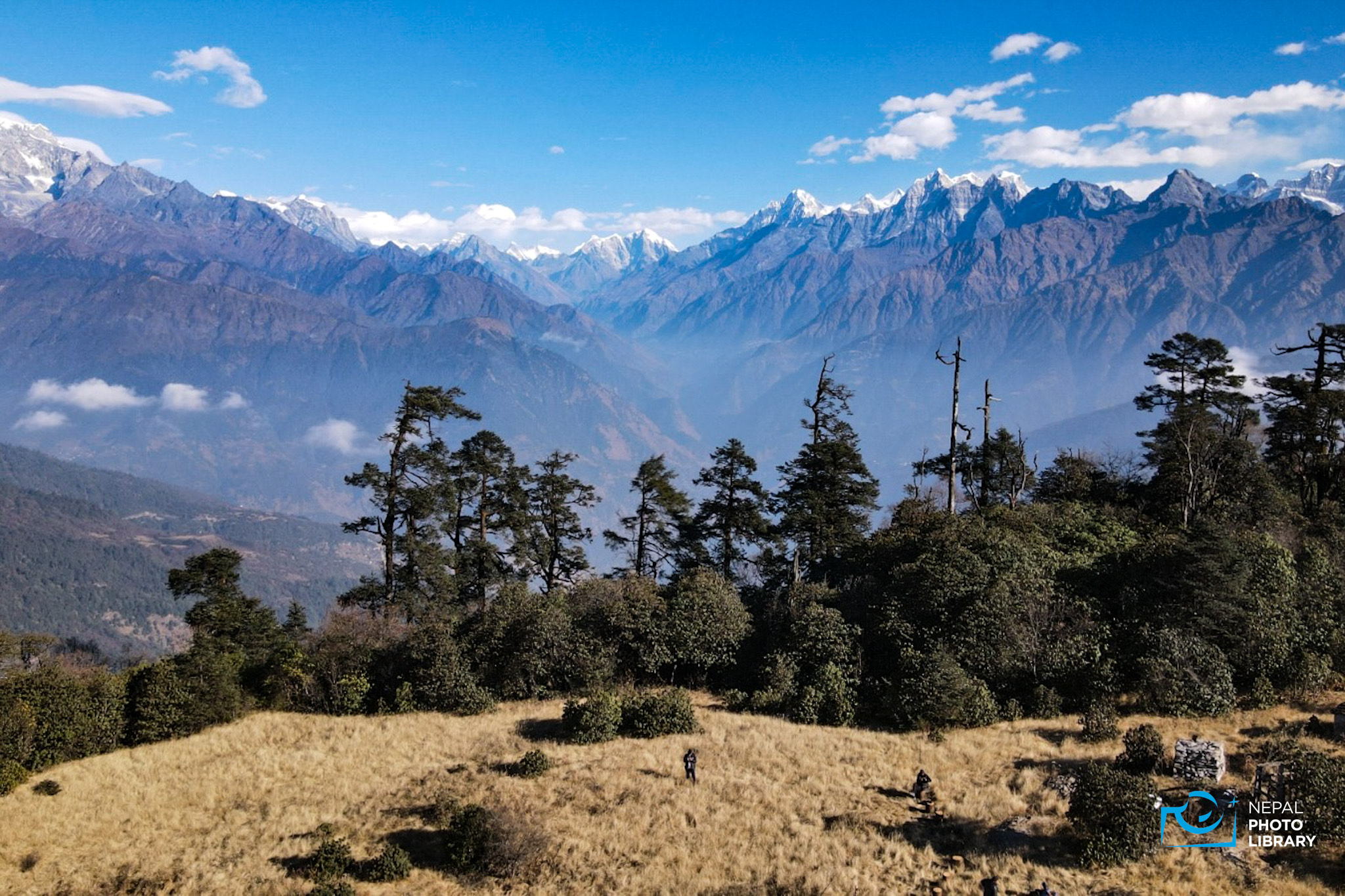
The trek begins from Silgudi Hill (3020 meters) in Ward No. 5 of Mapya Dudhkoshi Rural Municipality, located 7 km from Salleri Bazar, the headquarters of Solukhumbu District. Travelers can reach Salleri on the first day from Kathmandu and then proceed to Silgudi Hill by jeep.
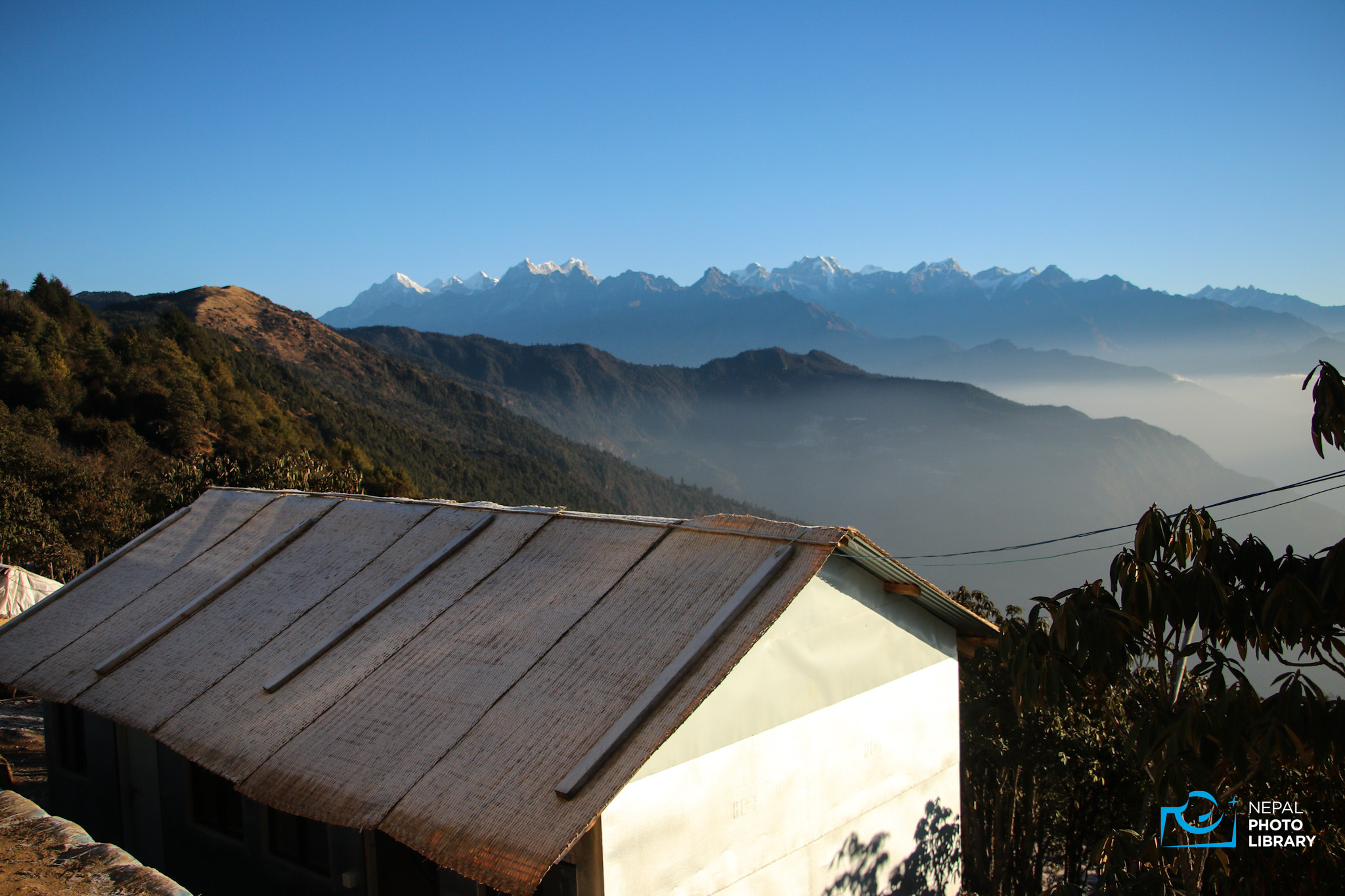
Accommodations, including Goth Stay, have been arranged in Silgudi Hill with local assistance. Silgudi Hill, situated on the Salleri-Lukla road section, offers a mesmerizing view of 28 mountains, including Everest, during the sunrise on the first day.
The Everest Dudhkoshi Cultural Trail officially commences from Silgudi Hill. After a trek of approximately 4 to 5 hours through Ratnange Hill, showcasing the snow ranges amidst rhododendron forests, one reaches Mera village.
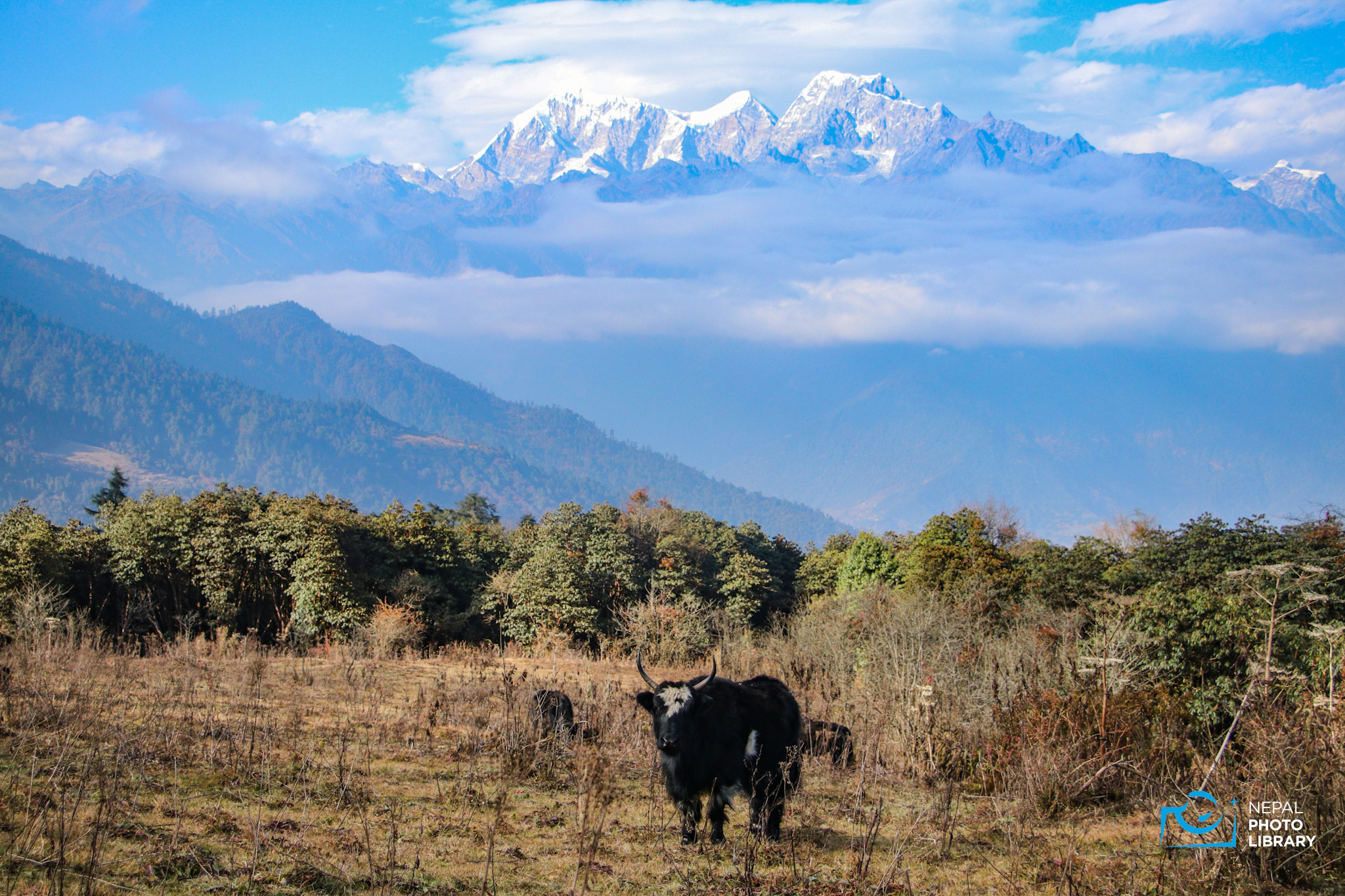
Inhabited by the Sherpa community, Mera village features the Chyangmiteng Monastery, where visitors can enjoy Sherpa dance and culture, accompanied by vegetarian meals.
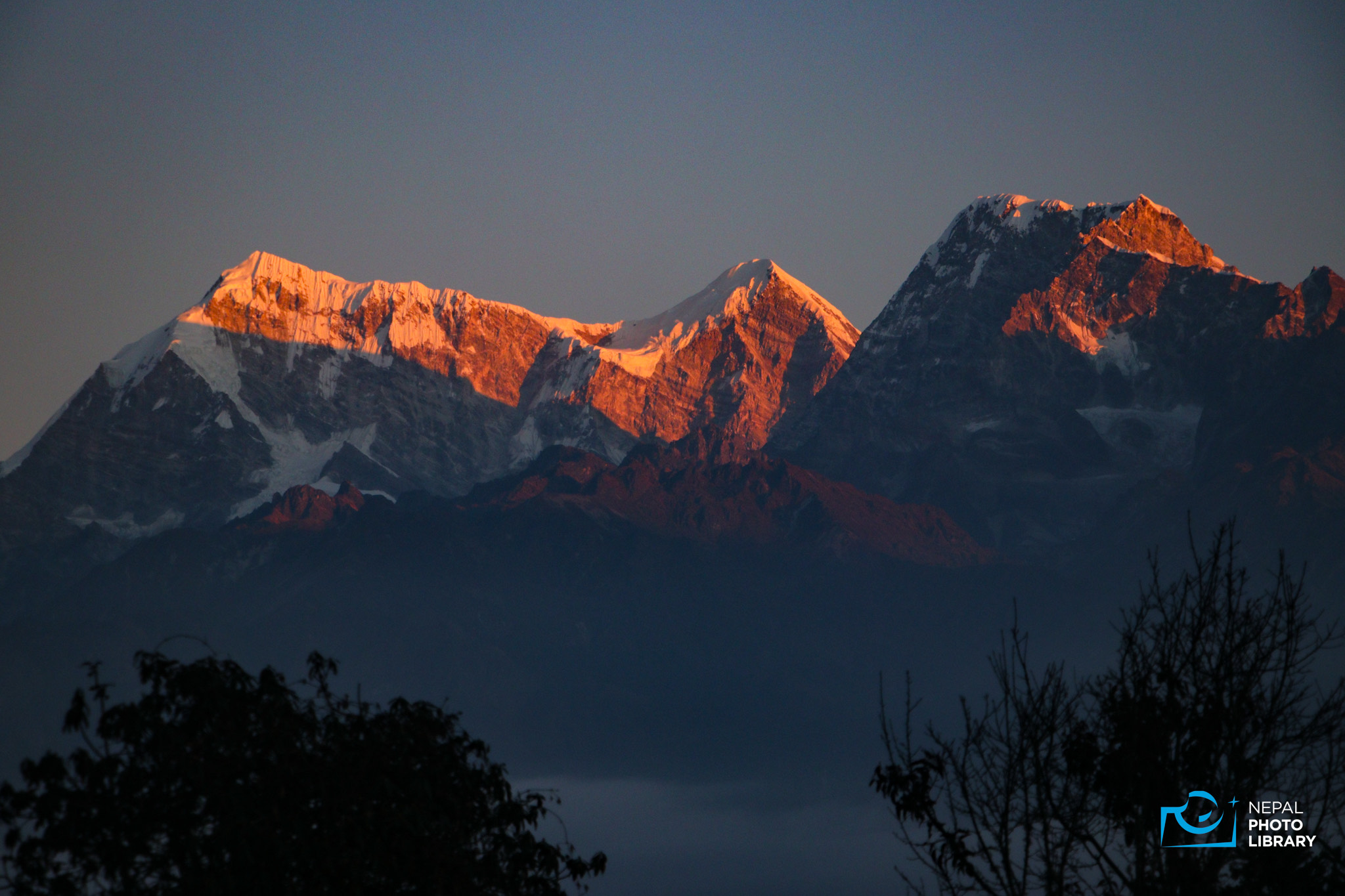
From Mera village, the trek proceeds towards Kudham Mid Camp, the destination for the first day. After a 2-hour walk, travelers reach Kudham Mid Camp, an open square where the rural municipality plans to arrange tents and construct a Goth Stay.
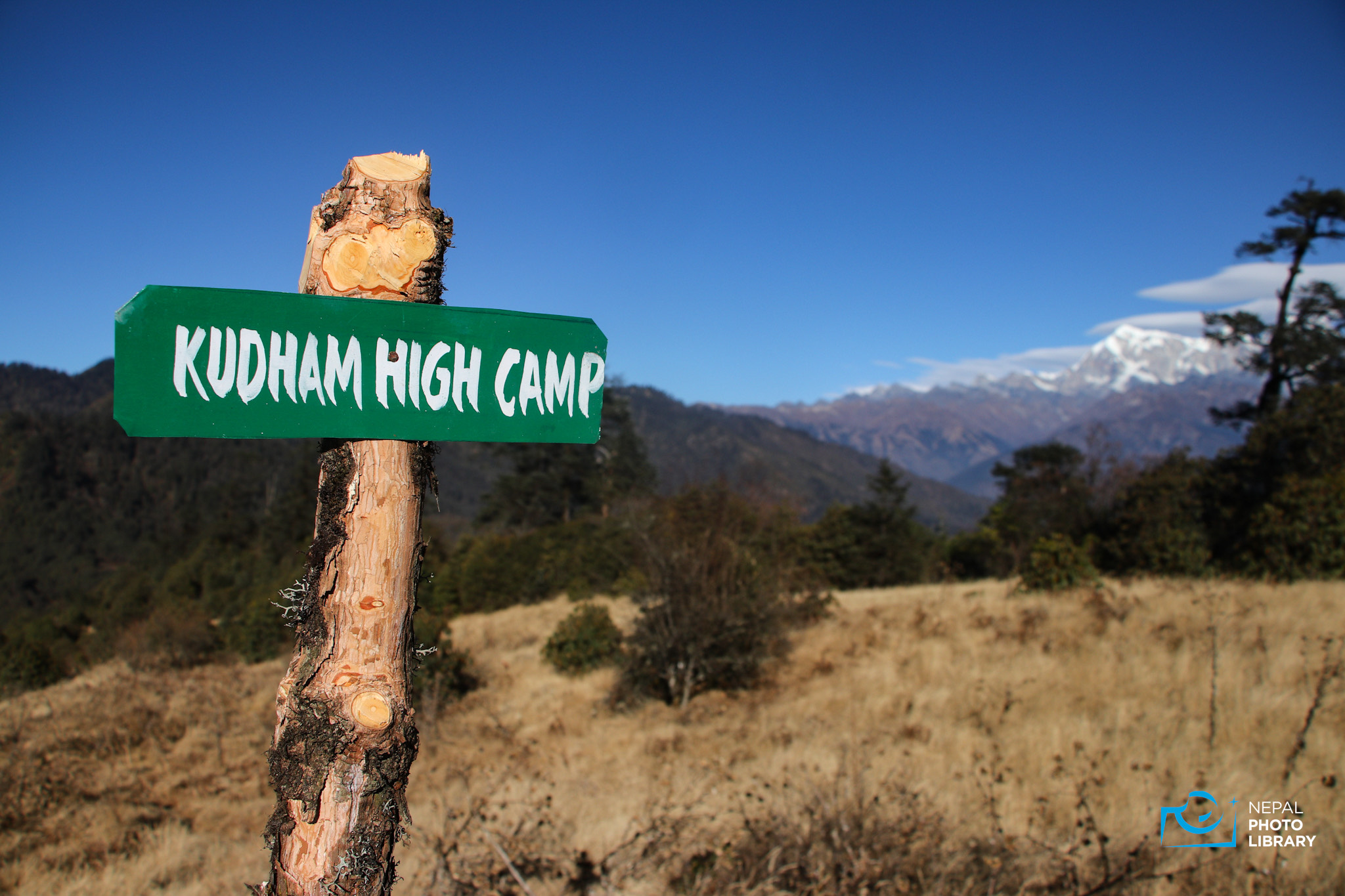
Following the first night at Kudham Mid Camp, the journey continues to Kudham High Camp (3200 meters) on the second day, offering a panoramic view of more than 28 mountains, including the highest point on the Everest Dudhkoshi Cultural Trail.
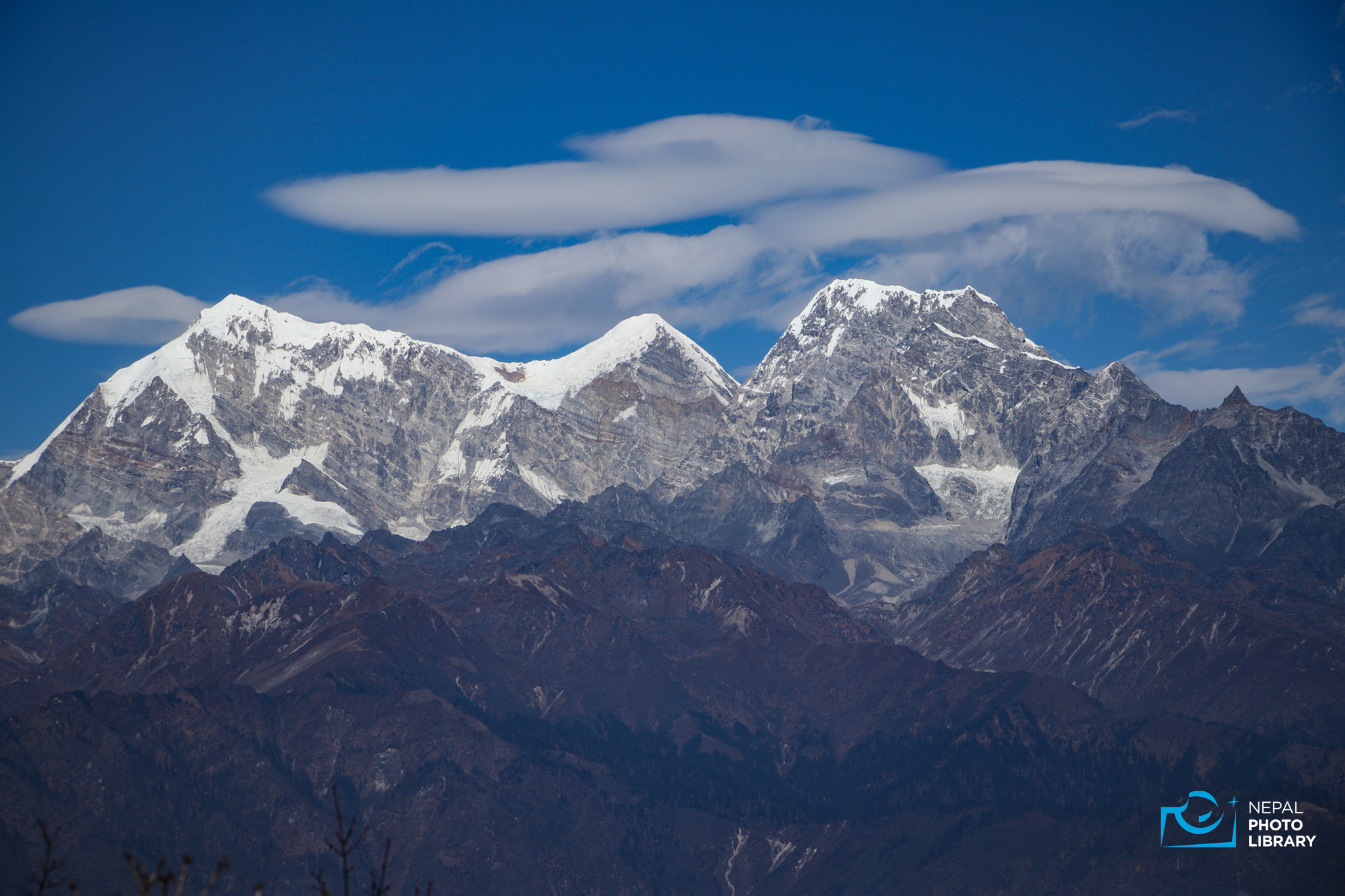
Descending from Kudham High Camp to Mid Camp, travelers proceed to Yotelme, the destination for the second night.
A 2 to 3-hour trek via downhill road leads to Yotelme, where the rural municipality has established a Goth Stay for tourists. The fully operational footpath is expected to involve locals in managing the Goth Stay.
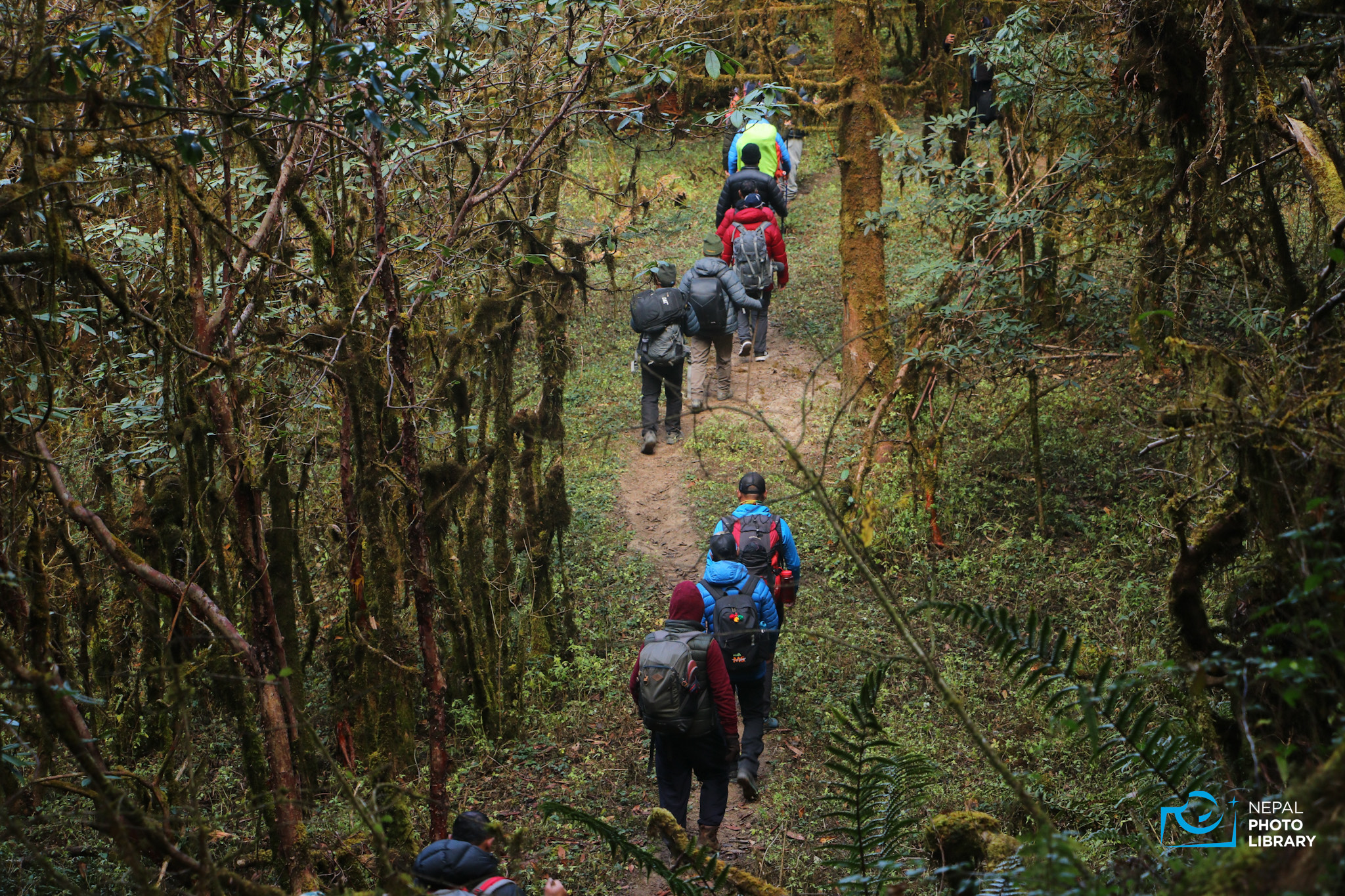
On the third day, a 3-hour trek from Yotelme leads to Thul Dhunga, a village predominantly inhabited by the Khaling Rai community.
Here, visitors can immerse themselves in Rai culture and witness various dances, including Bhume dance.
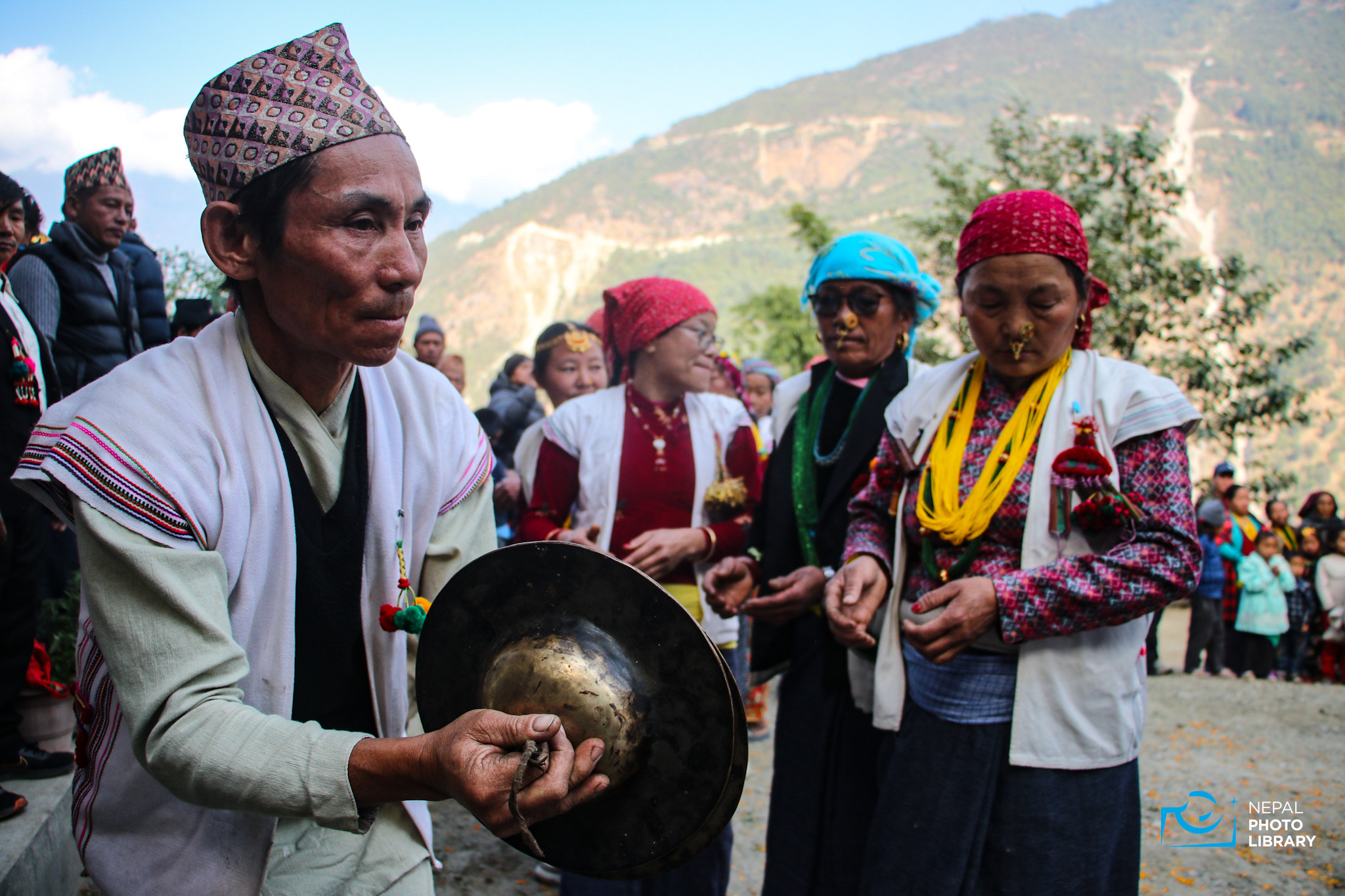
Budhikiran Rai, the president of the rural municipality, expresses enthusiasm about making the Everest Dudhkoshi Cultural Trail a model destination for studying and traveling in cultural matters.
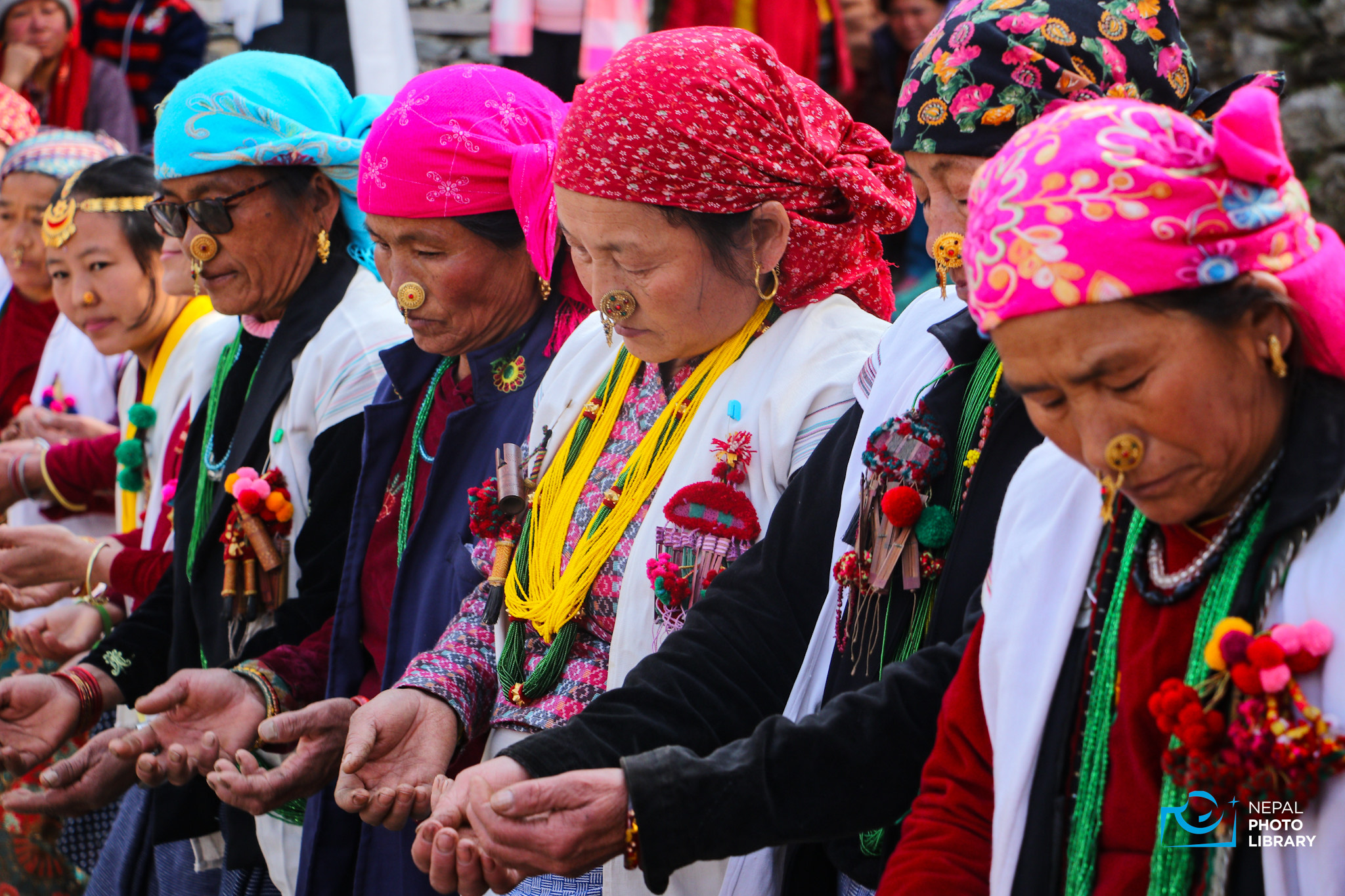
With various ethnic groups present in the rural municipality, the trail promises a rich cultural experience.
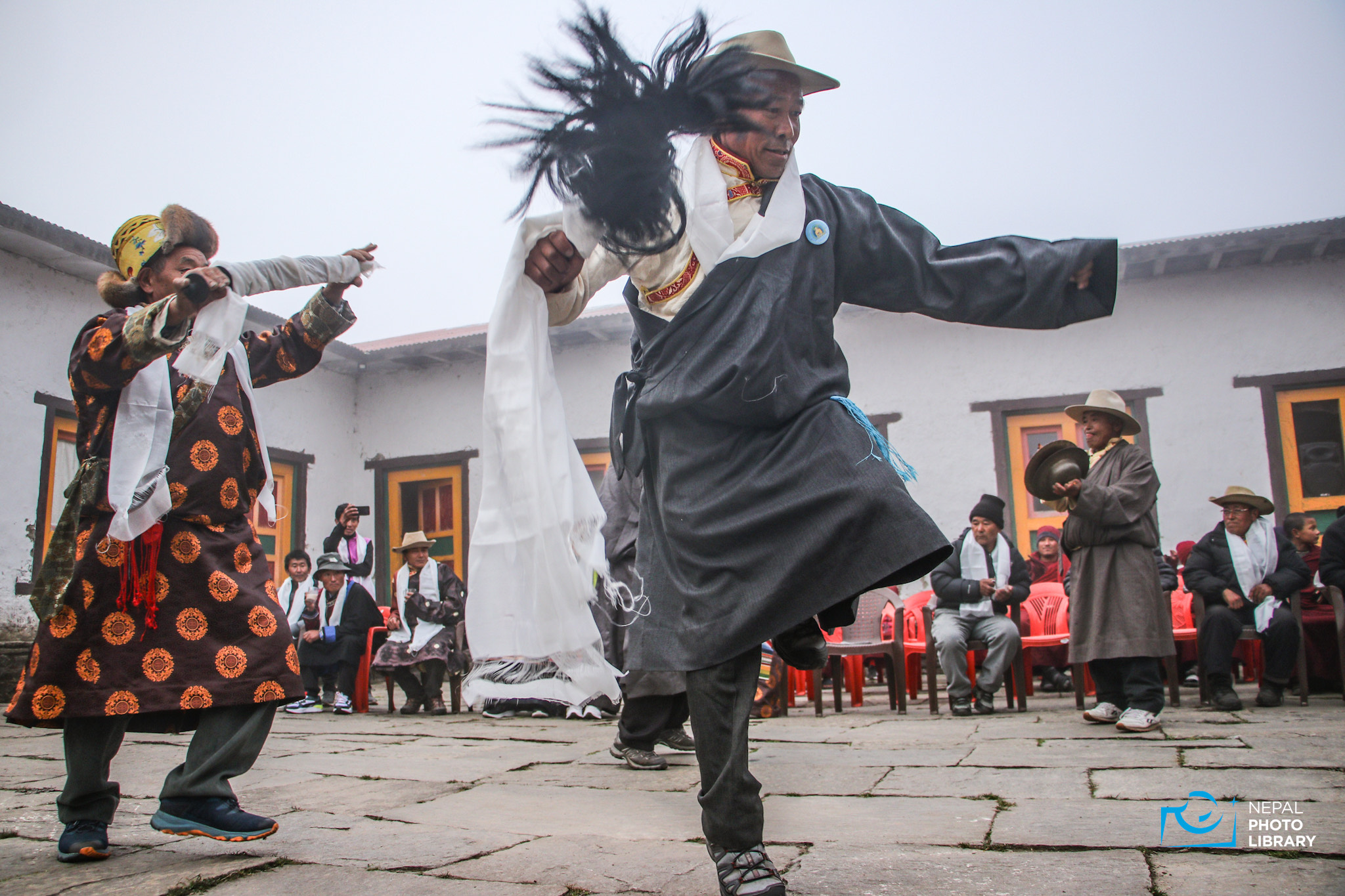
Additionally, a rock climbing center has been inaugurated on the Salleri-Lukla road section, featuring a 120-meter-high hill, established through collaboration between Mapya Dudhkoshi, the Trekking Agencies Association of Nepal, and the Mountain Guide Association of Nepal.
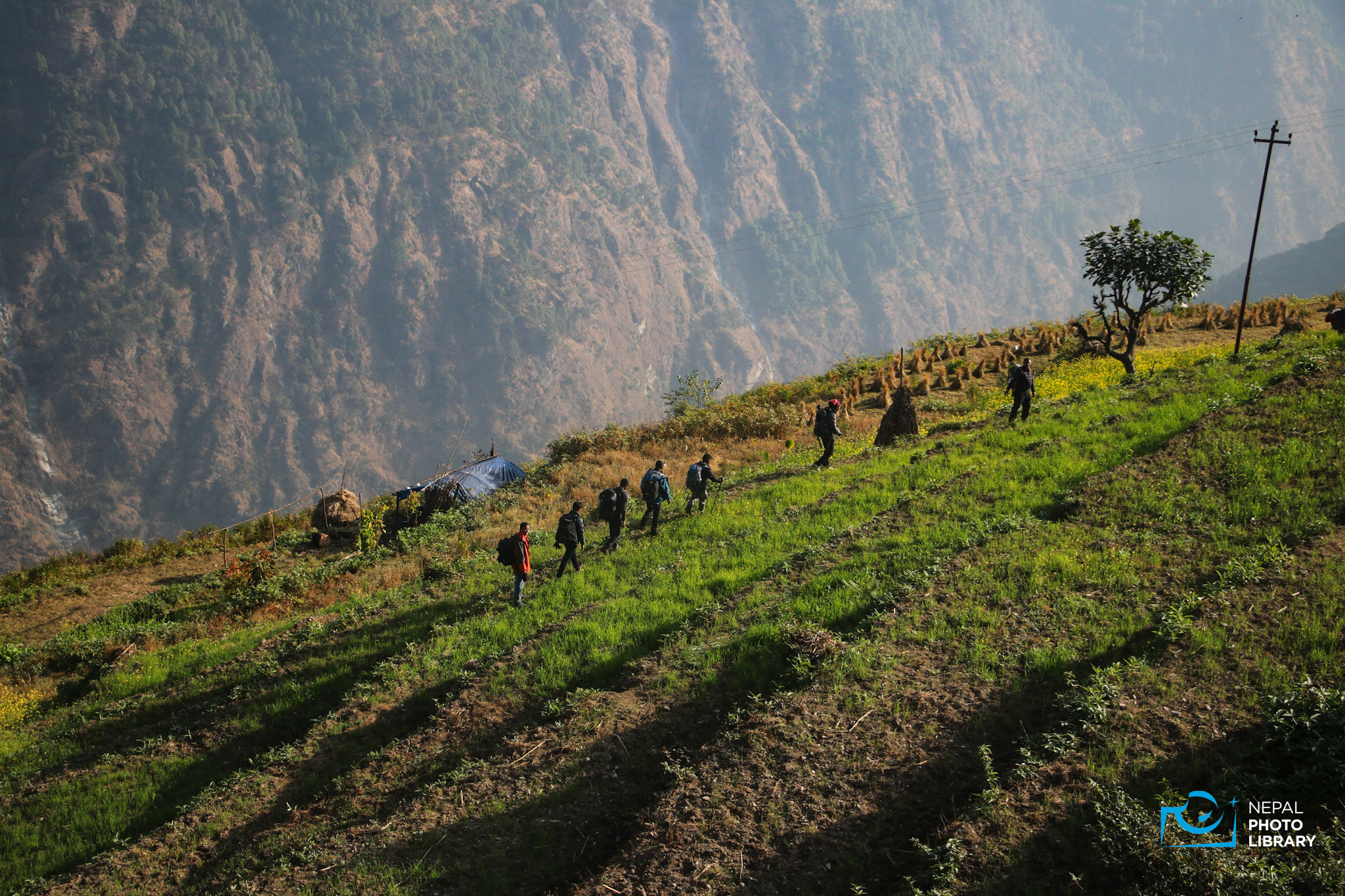
The preparation and efforts to make the Everest Dudhkoshi Cultural Trail a model destination highlight the commitment to promoting cultural exploration and adventure tourism in Nepal.
